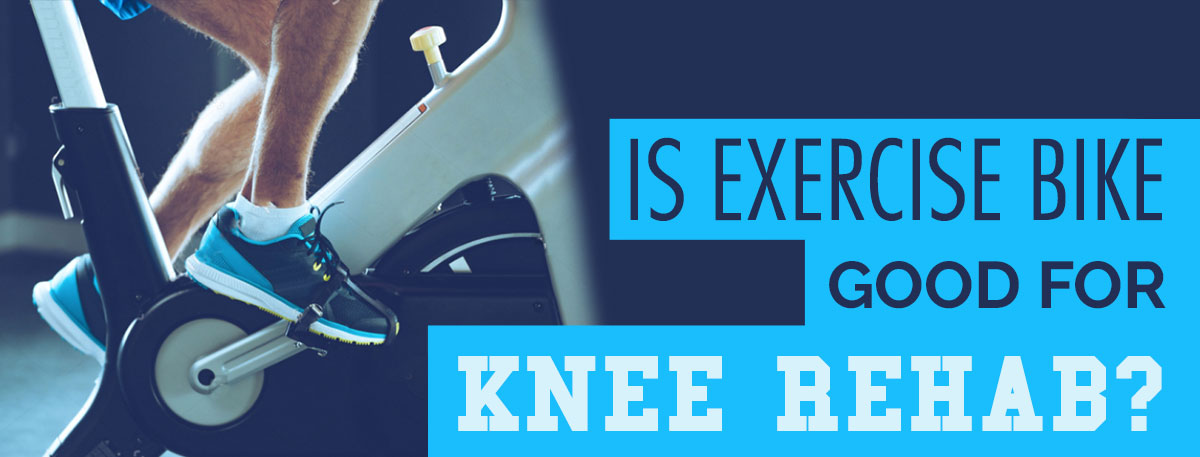Diazepam Rehab For Addiction Troy Grove IL
Home
Best Diazepam Rehab For Addiction Troy Grove IL
Diazepam Rehab For Addiction Troy Grove IL
Also, if you like our infographic-SHARE it with others…you never know who will find it helpful.You are here: Home / Addiction Information / Drug Addiction Facts & Statistics Drug Addiction Facts & Statistics According to studies gathering drug addiction facts and statistics, America’s problem with drugs has only grown with time. The addict also prays for knowledge of God’s will and also for the power to be able to carry out His will. Now Cesar’s calculating his losses and he’s livid, with himself, blinded by his own ambition, too stupid to see that thing in her, knowing that beast is going to eat and thinking… Why not be the hand that feeds it?†― , Like “Prohibition kills, education saves lives†― , Like “This is no quick fix.
List of free or low-cost treatment centers for addiction to drugs or alcohol in Florida is provided as a public benefit service. Drug addiction affects nearly six percent of those residing in the US, with cocaine and amphetamines cited as the two most popular drugs of choice, after marijuana. They are creating coping strategies as they work with an animal that has no agenda for them. Drug Rehab Tailored to Meet Individual Needs Alcoholism and drug addiction is a complex and compulsive disease. Chances are very strong they will survive the experience, even if you leave them there for quite a long time, and the reality of spending days or even weeks in jail may be just the hard slap they need.
More Info Around Kapanol Addiction Clinic

Even more Info About Kapanol Addiction Clinic Troy Grove IL
41YEARS IN BUSINESS 10226 Ironside Dr, San Antonio, TX 78230 (210) 697-9766 Be the first to review! The science of addiction is complicated, but the basic idea is fairly straightforward: alcohol appears to wreak havoc on the brain’s natural systems of craving and reward, compromising the functioning of the various neurotransmitters and proteins that create feelings of well-being.
Much more Resources For Kapanol Addiction Clinic
Naltrexone cuts relapse risk during the first 3 months by about 36%.[9] However, it is far less effective in helping patients maintain abstinence or retaining them in the drug-treatment system (retention rates average 12% at 90 days for naltrexone, average 57% at 90 days for buprenorphine, average 61% at 90 days for methadone).[9] Ibogaine is a hallucinogenic drug promoted by certain fringe groups to interrupt both physical dependence and psychological craving to a broad range or drugs including narcotics, stimulants, alcohol and nicotine. If your boy is struggling with substances and/or behavioral issues, we can help turn his life around. After leaving our rehab, boys may prefer to continue their classwork from home through the online Alpha Omega Academy that we use.
Here are Some Even more Details on Faith Based Drug Rehab In Troy Grove IL
Find a hobby (a healthy hobby will give you an outlet to release feelings and relieve boredom). Both drugs may be used as maintenance medications (taken for an indefinite period of time), or used as detoxification aids.[9] All available studies collected in the 2005 Australian National Evaluation of Pharmacotherapies for Opioid Dependence suggest that maintenance treatment is preferable,[9] with very high rates (79–100%)[9] of relapse within three months of detoxification from LAAM, buprenorphine, and methadone.[9][10] According to the National Institute on Drug Abuse (NIDA), patients stabilized on adequate, sustained doses of methadone or buprenorphine can keep their jobs, avoid crime and violence, and reduce their exposure to HIV and Hepatitis C by stopping or reducing injection drug use and drug-related high risk sexual behavior. The National Institute on Drug Abuse (NIDA) provides a comprehensive definition of drug addiction, stating, “addiction is defined as a chronic, relapsing brain disease that is characterized by compulsive drug seeking and use, despite harmful consequences.†Addiction is recognized as a brain disease because drugs literally cause changes to the brain. Although there is no ‘wonder cure’ for dependency, people that enter qualified, accredited rehabilitation programs experience the most success in their recovery. The faith is a large part of the initial program but is an even more important part of the aftercare. The science of addiction is complicated, but the basic idea is fairly straightforward: alcohol appears to wreak havoc on the brain’s natural systems of craving and reward, compromising the functioning of the various neurotransmitters and proteins that create feelings of well-being.
Click Here for More Information
Previous Next
You may also like:
Ecstasy Addiction Rehab Programs Linden NJ
Subutex Abuse Treatment Program Fort Mill SC
Peyote Abuse Treatment Clinics Hills IA
Methamphetamine Rehab Hospital Near Me Temperance MI
Dextropropoxyphene Abuse Treatment Centers Prattville AL
Christian Emotional Rehabilitation Centers Hancock MN
Tramadol Addiction Clinics Webster NY
Lsd Rehab Treatment Programs Plainview MN
Kadian Detox Clinics Macedonia IA
Biphetamine Rehab For Addiction Mcminnville OR
Codeine Addiction Rehab Program Tacoma WA
Lunesta Addiction Treatment Clinics Nahcotta WA
Roxicet Detox Treatment Facility Lopez Island WA
Halcion Addiction Treatment Facilities Wilson Creek WA
Dextrostat Rehab Treatment Programs Pawnee OK
Teen Addiction Sitka KY
Roxiprin Rehab Treatment Program Inver Grove Heights MN
Dilaudid Rehab Center East Barre VT
Naltrexone Abuse Facilities Bath MI
Lorazepam Abuse Treatment Program New Deal TX